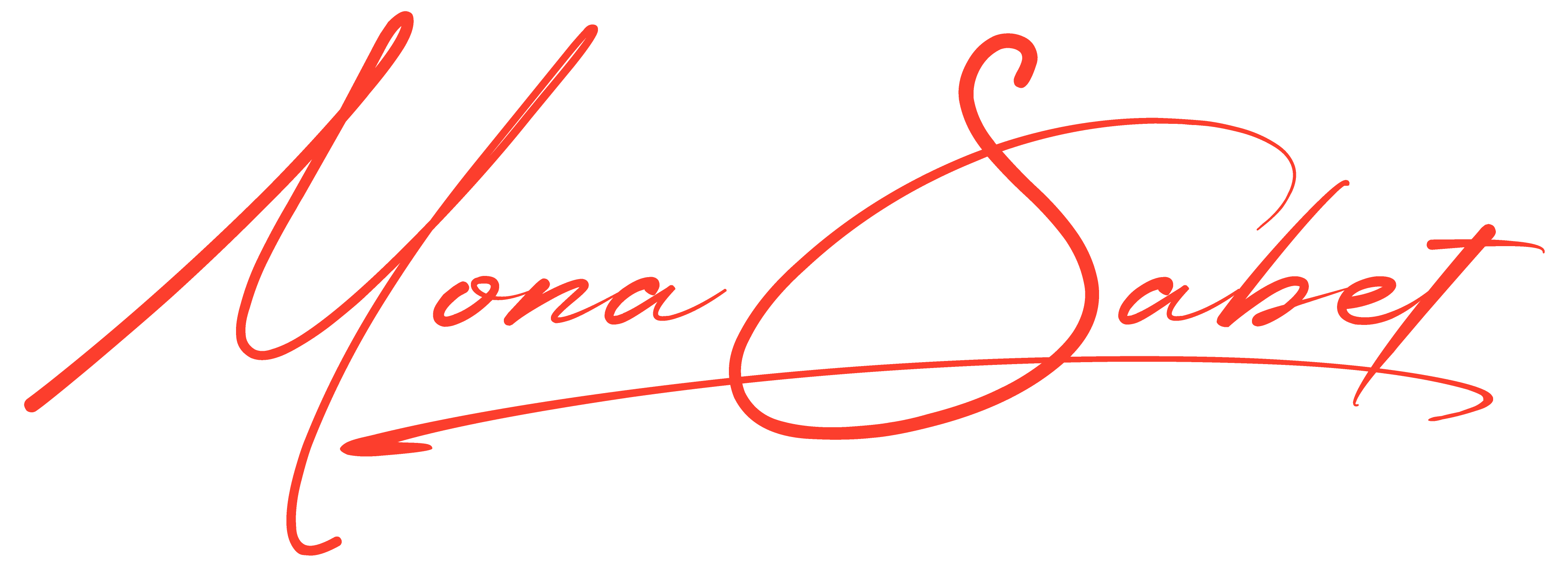A plea to early-stage B2B startups
I was recently doing some online research in pursuit of a product for a company I was advising. It was easy enough to identify 3-4 businesses that were in the right space. Then I went to their websites. After ten minutes of scrolling, reading, clicking, scrutinizing, I still couldn’t clearly articulate to the company I was advising whether what the website was offering was what we needed. Most of the time, I resort to industry websites that list “top 10 [insert segment here] software in 2023” to understand the products better than what I got from the product website itself. Ironically, sometimes, I dig into the company’s YouTube channel and get a better idea of the product there than from their own website.
Who isn’t tired of navigating to a company’s website and, after spending ten minutes scrolling around, is left with very little idea of what the company is offering?
The Internet has been around for 30 years and has seen so much innovation. And yet the innovation of effective storytelling of a startup’s products online hasn’t kept up.
It’s hard to overstate the importance of your company’s website. You spend scarce dollars buying keywords and email lists, determined to drive people to your website. Why work so hard, and at such cost, only to waste the opportunities you generate by having an opaque website that doesn’t effectively communicate how you can help customers? And why make us all work so darn hard to figure out what you could do for us? In today’s hyper-non-attentive world, few of us are going to bother making that effort.
I’m no web content or design expert. But I, like all of you, have become a begrudging expert in decoding what startups are trying to say on their websites! I do have years of experience in articulating business and product value drivers for customers, investors, and acquirers.
Perhaps it’s time for content marketers to steal a few tips from pitch deck and corporate development playbooks.
This isn’t an article about design. Yes, you should avoid poor color choices. You should make sure your website loads in a reasonable period of time. You shouldn’t clutter up your site. You shouldn’t use crazy fonts that are hard to read. You should make it mobile optimized. And if you do all those things, you still won’t have a great website.
“Perhaps it’s time for content marketers to steal a few tips from pitch deck and corporate development playbooks.”
Here are five best practices we use in creating investor pitch decks and M&A decks that should be applied to website content.
- First encounter. Make your first impression inspiring — but short.
Sure. Add an inspiring, overarching 10-ish word mission at the top of your home page, overlaying a captivating hero image. And then stop with the hyperbole!
Entrepreneurs spend days agonizing over the subtitle on the title slide in a pitch deck, recognizing that we humans bore easily, and research says it takes us only 7 seconds to (pre)judge what we are seeing or reading. This is where you get to channel your inner Pulitzer Prize winning author – in 10 words or less. But they limit the inspiring, broad-reaching language to the first slide. And then they get specific.
- Am I your Ideal Customer? Once I finish getting inspired by your website’s hero image and tagline, the very next thing I want to know is whether you understand my specific pain point.
This is where most websites fail. Once I scroll past the hero image, I might find: customer logos; generic features listed out horizontally with equally generic graphics attached to each; some random ROI stats; a list of broad verticals that together include hundreds of market segments; or links to case studies; and then somewhere a nice big bright button asking me to sign up for a demo.
But I still don’t know if you are focused on solving my specific problem. I understand we’re all trying to prove how awesome our product is, but I’m not going to get interested in your product because Coca-Cola is your customer if I still don’t know what your product does for me.
Every website says that their product provides great insights, impacts my bottom line, accelerates my company goals, and is a first-of-its-kind – or words to that effect. But real decision makers don’t have these generic problems. My problem isn’t that I need to accelerate my company goals. My problem is that I can’t communicate and track company goals across my teams and so it’s hard for me to see how we are doing against them.
Good pitch decks first start by identifying a specific pain point that a certain set of customers are experiencing. Likewise, in the world of M&A, a good M&A deck starts by focusing on the acquirer’s need, not the selling company’s products.
Just like these decks, a website needs to do the same. And just like a bad pitch deck might present a problem statement that is too broad, bad websites use language that is too generic. We understand why they do this.
- They haven’t spent the time to really understand how their solution connects to my problem.
- They don’t want to get too specific for fear of excluding possible customers.
But if you don’t do the work, I won’t either. And if you try to sell to everyone, you’ll end up selling to no one.
“If you don’t do the work, I won’t either. And if you try to sell to everyone, you’ll end up selling to no one.”
- Please Speak Human when describing your solution. OK, now that I have figured out that the problem you are solving is one that I am having, the next part of your story is to clearly tell me how you are solving it for me.
This is the list of features section of your website. Speaking Human is my short hand for trying to avoid industry buzz words and working to be as clear as possible in how you describe the value you deliver.
As an example, I for one, like the Dropbox pitch deck description of their offering better than their current website. I’m not suggesting that you put the pitch deck slide on your website. It still needs designing and some details under each point. But it doesn’t use words like “one-of-a-kind” and “ease of use”.
From Dropbox’s website

From Dropbox’s pitch deck

Of course, not all pitch decks or M&A decks are well written. Here’s how one M&A deck described the product the company offered.

They didn’t get a meeting.
If it’s not obvious how your product helps me specifically, then describe specific use cases so I can apply it to my world. Web content creators have confused use cases with case studies or “Solutions” pages listing features under industry titles. Do that in an M&A deck and you won’t get acquired.
Here’s how Uber did it in their first pitch deck. I love the focus on clarity over design! I don’t have to come up with my own ideas about how to use “UberCab”! They did it for me, and now I get it.

Here’s a great website example from Placer.ai on a clear set of use cases using “Human Speak”. You can scroll through industries at the top, and under each industry, the company has listed two or three specific questions you might be asking yourself and how their product would help you get the answer. No marketing-speak. Just plain, clear language!

- Let’s make sure you are credible. We are far enough in your story now that I am interested in your case studies, customer logos and blog posts.
Who managed to convince every website creator that the first thing visitors want to see are a list of well-known logos and a customer testimonial?
You wouldn’t start a VC conversation showcasing your customer logos if you are a biotech company and the VC only invests in industrial software. You wouldn’t start a conversation with a potential acquirer talking about your traction if you sell shoes and they sell servers. So why plaster your credibility all over the home page of your website before I know what problem you solve for me?
Customer logos, quotes and case studies are credibility indicators. I only care about your credibility after I think your product is a good fit for me.
Pitch deck templates list the traction slide after the Problem slide and the Solution slides, and often after a number of other slides. M&A decks start with how the selling company can help the acquiring company, before they list customer logos and revenue.
I’d love to see a company break the bad mold of today’s mediocre websites and move all its credibility content to a navigation tab titled “Check out who loves us!”
Customer logos, quotes and case studies are credibility indicators. I only care about your credibility after I think your product is a good fit for me.
- The Team. Unless you are General Motors, Salesforce, JP Morgan, or another well known corporate brand, show me your leadership team.
This isn’t a problem for most websites, but I’ve noticed that some smaller companies don’t post their leadership team on their website. That’s a huge red flag for me. If you are a small B2B startup, your leadership team is an important part of your website. Customers are going to be concerned about whether you will be in business a few years from now. Putting the faces behind the business up front helps us make the connection that completes the story. If you don’t have enough enthusiasm about your leadership team to show them off on your website, I start wondering what you’re worried about.
There’s a reason why VCs say they invest in teams. And why M&A diligence focuses on bringing over key team members. Great businesses are built by people. And as a customer, I want to know who I’m investing my time with.
A well-presented team page can do more to differentiate your company from your competitors than most product pages can. And yet, it’s the team page that seems to be the page that is most often ignored by web designers – created as a check-the-box afterthought. Which is completely opposite to how pitch decks and M&A decks are approached.
Now this may not be your thing, but I’m a big fan of companies that show a lot of their team members, not just the senior leadership team. And when they do it in a way that helps me get a sense of their culture, I’m more bought in.
Take a look at Lateral’s team page for one of the best examples I’ve seen.

The job of content marketers is to communicate, in a compelling manner, why customers need your products and services. Just like pitch decks and M&A decks, websites should deliver a compelling story. Yes, I understand your website isn’t there to sell your business to investors and acquirers (although maybe it is just a little bit). But telling your company’s story well is not only for investors, but also for your customers, partners and employees. Order is important.
Remember:
- First make me care. Start with my problem, not your feature set.
- Then make me believe you can solve my problem. Don’t kill my interest with marketing speak and generic graphics.
- And show me the heroes in your story!
These pointers help create great pitch decks and M&A decks. And they’ll help your startup build a better website – or at least a less crappy one!




